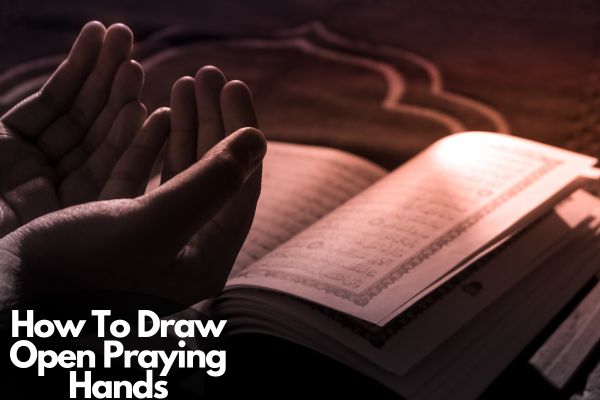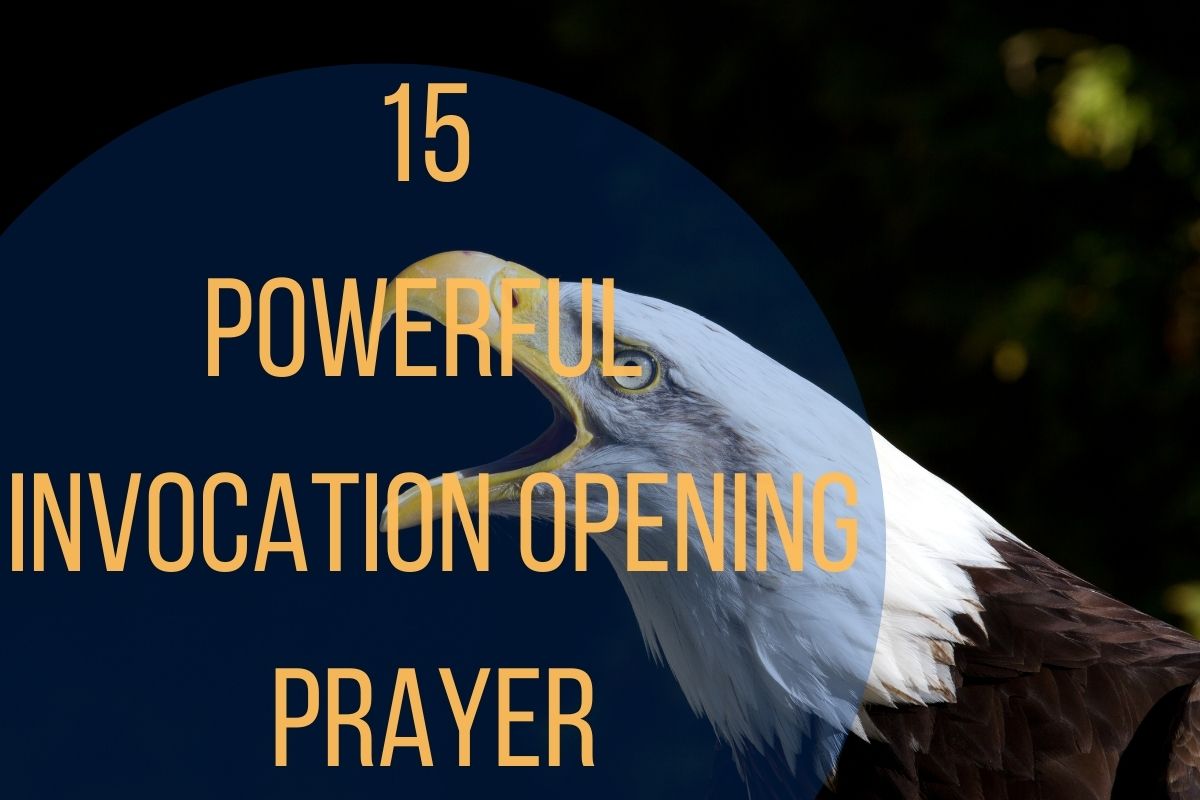How to Draw Open Praying Hands is a beautiful and meaningful art form that allows you to express spirituality, emotion, and creativity on paper.
Whether you’re a beginner or an experienced artist, this step-by-step guide will walk you through the process of creating a stunning depiction of open hands in prayer.
Contents
1. How To Draw Open Praying Hands
The art of drawing open praying hands is not only a creative endeavor but also a way to convey deep emotions and spirituality.
This article will guide you through the process of drawing open hands in prayer, helping you capture the essence of this meaningful gesture on paper.
2. Supplies Needed
Before you start your drawing, gather the following supplies:
- Pencils of varying hardness (2H to 6B)
- Erasers (kneaded eraser and a regular eraser)
- Drawing paper or sketchbook
- Blending tools (tortillon or blending stumps)
- Reference images or objects for inspiration
These supplies are essential for achieving a detailed and realistic representation of open praying hands.
3. Finding Inspiration
Before you begin drawing, it’s essential to find inspiration. Look for reference images or objects that depict open hands in prayer. You can find inspiration in religious texts, photographs, or even observing people in prayer.
4. Basic Hand Anatomy
Understanding the basic anatomy of a hand is crucial for an accurate representation. A hand consists of fingers, a palm, and various joints. Pay attention to the proportions and shapes, keeping in mind that open praying hands may have a slightly different pose.
5. Sketching the Outline
Start your drawing by sketching the outline of the open hands. Begin with the palm and then add the fingers. Keep the lines light and loose, as they are just a guide for the final drawing.
6. Adding Details
Once you have the basic outline, start adding details. Define the fingers, nails, and wrinkles on the palms. Take your time with this step to achieve a realistic look.
7. Incorporating Symbolism
Open praying hands often carry deep symbolism. Consider the emotions and meaning you want to convey in your artwork. You can add subtle details to reflect spirituality and connection.
8. Shading and Texturing
To give depth to your drawing, focus on shading. Use a variety of pencil grades to create different shades and textures on the hands. Pay attention to the play of light and shadow.
9. Choosing Colors
Selecting the right colors for drawing open praying hands can significantly impact the emotional and symbolic elements of your artwork. Here are some considerations to keep in mind when choosing colors:
- Traditional Colors: If you want to convey a traditional or religious feel, consider using colors commonly associated with religious art, such as gold, white, blue, and red. Gold often represents divinity and spirituality, while white symbolizes purity and holiness. Blue can represent the heavens, and red can symbolize the blood of Christ in Christian art.
- Earth Tones: Earthy colors like browns and greens can add a natural and grounded element to your artwork, making it feel more connected to the earthly realm. This can be particularly relevant if your artwork has a more contemplative or nature-oriented theme.
- Pastels: Soft pastel colors, such as light blues, pinks, and purples, can create a gentle and serene atmosphere. These colors are often associated with tranquility and spirituality.
- Contrasting Colors: Using contrasting colors can create visual interest. For example, placing warm colors like oranges and yellows against cool colors like blues and purples can create a dynamic and eye-catching composition.
- Monochromatic Scheme: Consider using various shades and tints of a single color for a harmonious and calming effect. A monochromatic color scheme can add depth and subtlety to your artwork.
- Symbolism: Think about the symbolism associated with certain colors in the context of your artwork. For example, if you want to emphasize peace, you might use shades of blue and green. If you want to convey passion or spirituality, reds and purples could be suitable.
- Personal Expression: Your choice of colors should reflect your personal artistic vision. Don’t be afraid to use colors that resonate with you and convey the emotions or themes you wish to express.
- Cultural Influences: Consider the cultural context of your artwork. Different cultures may have varying associations with colors. Be mindful of the cultural significance of colors in your artwork.
- Balance and Harmony: Ensure that your chosen colors harmonize with each other. Avoid using clashing colors that distract from the focal point, which in this case would be the open praying hands.
- Experiment: Don’t be afraid to experiment with different color combinations. You can create sketches or color swatches to test how different colors interact before applying them to your final artwork.
10. Background and Composition
Create a background that complements the open praying hands. Ensure a balanced composition, making the hands the focal point of the drawing.
11. Adding Personal Touch
Feel free to add your personal style to the artwork. This could involve unique patterns on the palms, incorporating elements from your cultural background, or simply adding a personal touch that makes the drawing special.
12. Mistakes to Avoid
Drawing open hands in a prayer gesture can be a beautiful and meaningful art form. Here are some common mistakes to avoid when drawing open hands in prayer:
- Proportional Errors: Ensure that both hands are drawn in proportion to each other and the overall composition. Common errors include drawing one hand larger or smaller than the other or having the fingers uneven in size.
- Misaligned Fingers: Pay close attention to the alignment of the fingers. They should be in a natural, relaxed position, not too stiff or too bent. Common mistakes include making fingers too straight or too curved.
- Overcomplicated Details: Avoid adding too many intricate details, especially if you’re going for a simple and symbolic representation. It’s easy to overdo it with excessive lines, wrinkles, and shading.
- Inconsistent Symmetry: Make sure that the two hands are symmetrical and mirror each other. Check the placement and size of fingers, knuckles, and other features to maintain symmetry.
- Wrong Perspective: Pay attention to the perspective of the hands. They should look three-dimensional and not flat. Often, hands can appear flat or distorted in two-dimensional drawings.
- Inaccurate Anatomy: Study the anatomy of hands to understand their structure and how they work. Common mistakes include misplacement of joints, incorrect thumb position, or inaccurate depiction of veins and tendons.
- Lack of Hand Gesture Expression: When drawing hands in a prayer gesture, try to convey the emotion or meaning behind the gesture. Common mistakes include making the hands look too rigid or lifeless.
- Poor Hand Proportions: Ensure the hand proportions are correct in relation to the rest of the body or the objects in the scene. Oversized or undersized hands can look unnatural.
- Inadequate Reference: Using references, such as photos or real-life observations, can greatly improve the accuracy of your drawing. Avoid relying solely on your imagination, especially if you’re new to drawing hands.
- Skipping Practice: Drawing hands can be challenging, and it’s easy to avoid them altogether. However, practice is key to improving your hand-drawing skills. Regularly sketch hands to refine your technique.
- Rushed Drawing: Take your time when drawing hands in a prayer position. Rushing through the process can lead to inaccuracies and missed details.
- Neglecting Light and Shadow: Pay attention to lighting and shading. Proper shading can add depth and realism to your drawing. Avoid neglecting the play of light and shadow on the hands.
13. Practice and Patience
Drawing open praying hands, like any art form, requires practice. Don’t be discouraged by initial challenges. With patience and dedication, you can improve your skills and create stunning artwork.
14. Sharing Your Art
Once your drawing is complete, consider sharing it with others. Whether it’s on social media, in an art gallery, or simply with friends and family, sharing your artwork can be a fulfilling experience.
Conclusion
Drawing open praying hands is a deeply expressive and artistic endeavor. By following the steps outlined in this guide, you can create a meaningful representation of this gesture. Remember to practice, find inspiration, and infuse your personal touch into your artwork.
FAQs About Drawing Open Praying Hands
- Is it necessary to have prior drawing experience to attempt drawing open praying hands?
- While prior drawing experience can be helpful, this guide is suitable for both beginners and experienced artists. With practice, anyone can create a beautiful drawing.
- What is the significance of open praying hands in art?
- Open praying hands in art often symbolize spirituality, reverence, and the act of prayer. They convey a sense of connection with the divine.
- Can I use different art mediums besides pencils for this type of drawing?
- Absolutely! While this guide primarily focuses on pencil drawing, you can experiment with other mediums like charcoal, pastels, or digital tools to create your artwork.
- How do I add a personal touch to my drawing without deviating from the traditional representation of open praying hands?
- You can personalize your drawing by incorporating unique patterns, colors, or subtle details that hold personal significance. These additions can enhance the emotional depth of your artwork.
- What should I do if I make a mistake while drawing open praying hands?
- Mistakes are a natural part of the artistic process. Use your erasers to correct errors or refine







